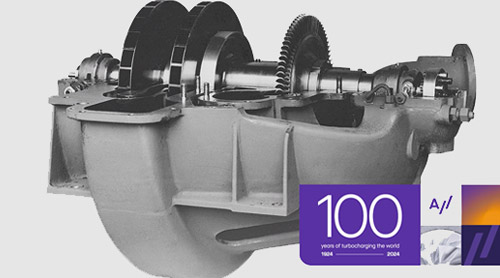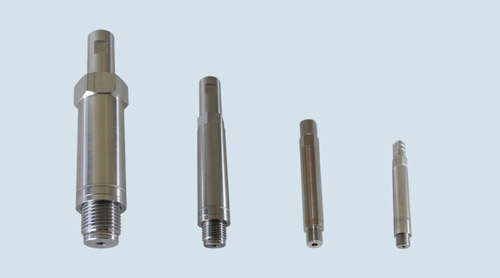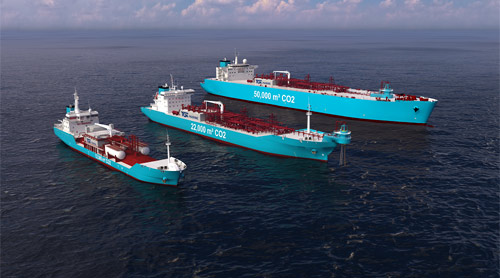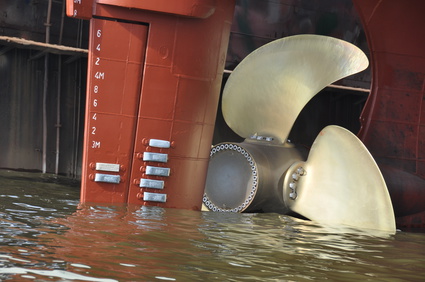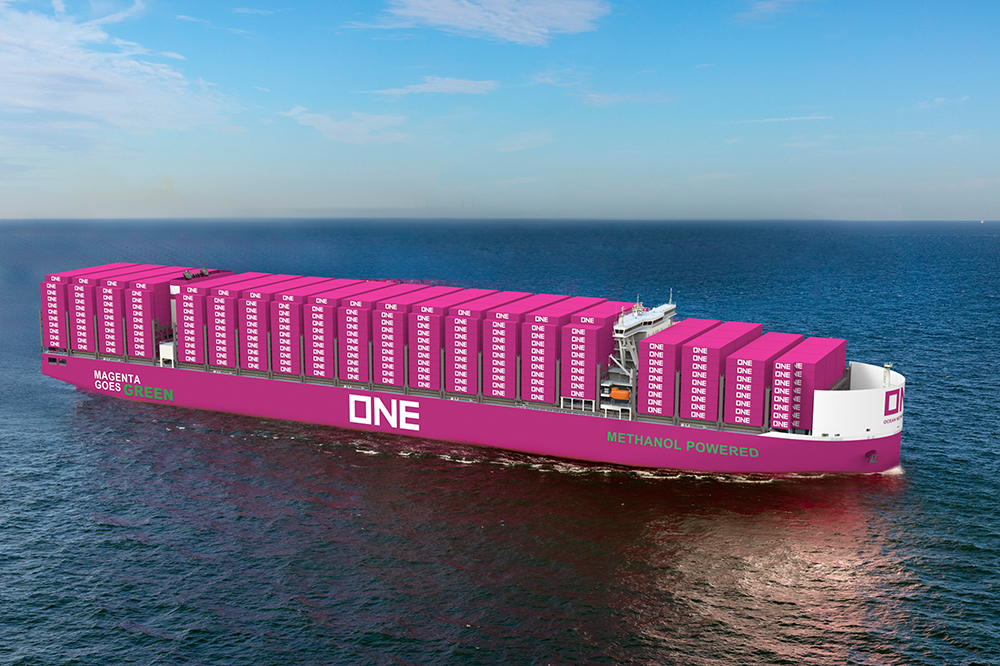The Port of Hamburg reports positive development in container throughput figures. Due to a decline in the bulk cargo sector, the port’s total throughput fell by 3.3%.
Container throughput in the Port of Hamburg rose by 1.1 % t to 1.9 million TEU in the first quarter compared to the same period last year. In terms of tons, container throughput increased by 0.7% to 19.0 million tons.
“The development in container throughput suggests that despite the current events in the Red Sea, trade is stabilising and a recovery process is continuing,” says Axel Mattern, Port of Hamburg Marketing Executive Board member. “The data of a quarterly result is based on a short period and therefore does not yet allow any conclusions to be drawn about throughput trends for the rest of the year,” says Mattern.
Total seaborne cargo throughput in the first three months of this year was 27.4 million tons, a decline of 3.3% compared to the same period last year. According to the port, the main reason for this is the lower handling of bulk goods at 8.2 million tons. This corresponds to a decrease of 11.9% compared to the previous year. The decline in liquid cargo is striking, which is attributed to currently high stock levels.
Port of Hamburg continues to grow in trade with the USA
Container shipping traffic with the USA has reached another record. In the first three months, 179,000 TEUs were handled, an increase of 17.7%. Container traffic with China continues to lead the way. At 536,000 TEU, it is also up by 2.9%. This strong growth is in line with the goal of greater resilience by diversifying the port’s partner structure.
According to the information provided, container traffic with Mexico also developed very positively. With a throughput of 27,000 TEU, the Port of Hamburg moved 32.2% more containers on this route compared to the same period last year.
Container throughput with Morocco increased by 44.9% to 34,000 TEU, a new record in trade with the North African country. “This result indicates that transhipment traffic to the Mediterranean has increased due to the aforementioned crisis,” it says. In total, the Port of Hamburg handled 625,400 TEU of transhipment traffic (+3.0%)
More small, fewer large container ships
The number of calls by ships with container slot capacities increased overall in the first quarter. Ships with medium capacities of 4,000 to 10,000 TEU accounted for the largest share. In contrast, the number of calls by container ships with more than 10,000 TEU fell. According to the port, one reason for this is the rerouting of ships around the Cape of Good Hope. This led to longer sailing times, which meant that fewer large container ships called at the Port of Hamburg on these routes at the start of the year.
Seaport-hinterland rail traffic remained stable in the first quarter. Container throughput increased by 0.9% to 641,000 TEU. This means that rail accounts for more than half of container hinterland traffic. In terms of tons, rail traffic to the hinterland remained almost stable at 11.5 million tons (-0.6%) after a strong prior-year quarter.














